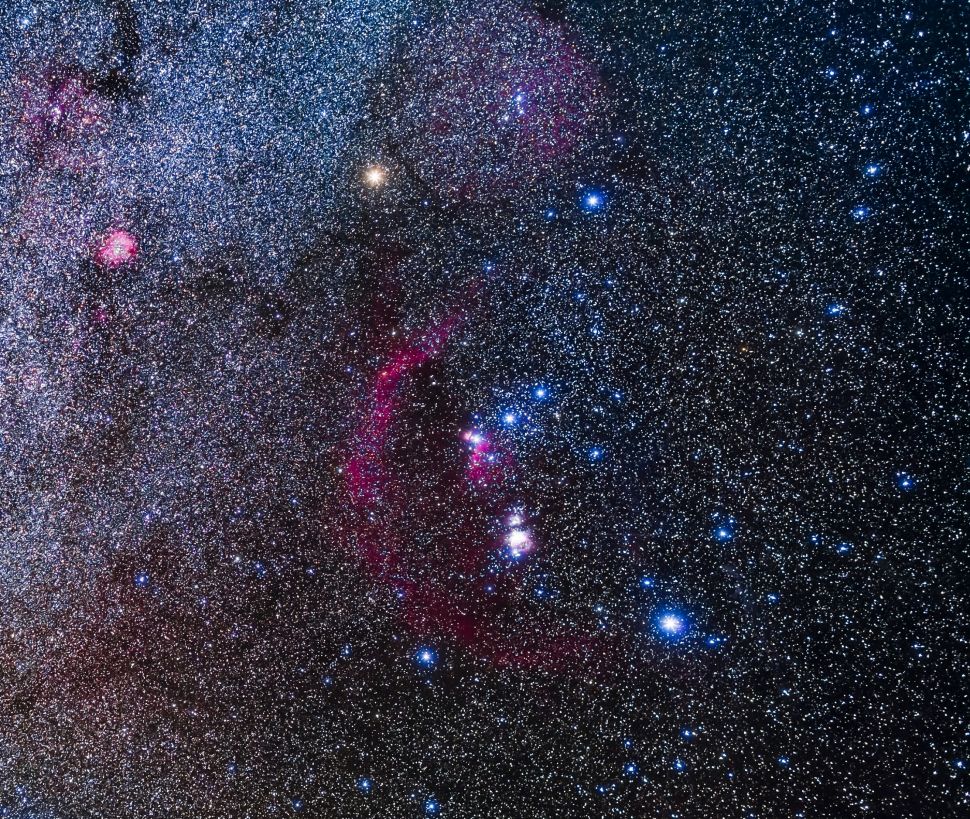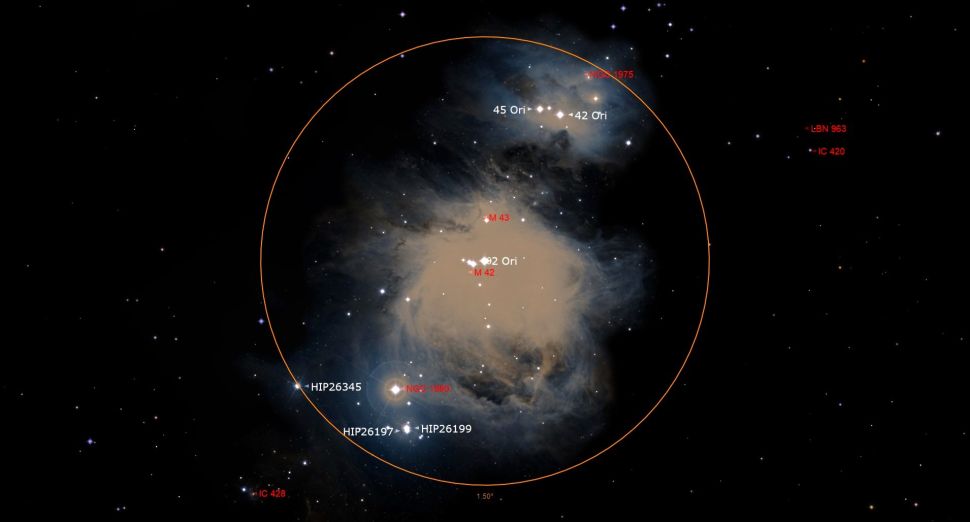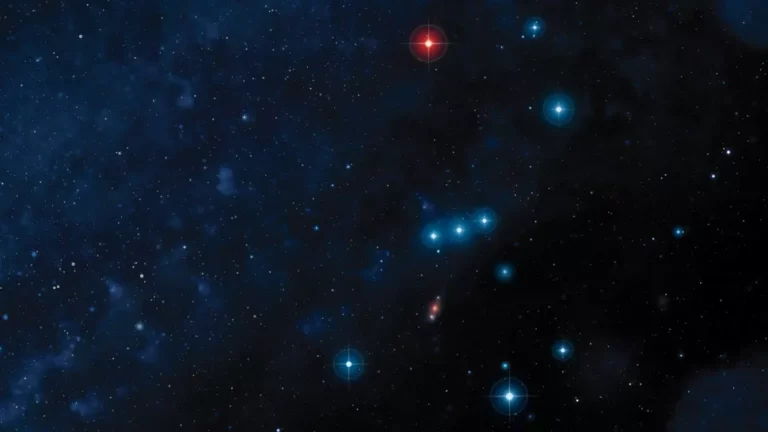In the March night sky, the Orion constellation changes from being a hunter to being hunted.
During most of the year, the Orion constellation represents a hunter, but come mid-March, the tables turn and stargazers go on a hunt for this prominent group of stars. Named after the skilled hunter in Homer’s epic Greek poem “The Odyssey,” the stars of Orion shine brightly in the southwestern sky throughout March. Within the constellation, the Orion nebula, the closest star-forming region to Earth, is easily visible and can be discerned even with binoculars in moderately dark skies. To locate Orion, observe the southern or southwestern skies just after sunset as the stars appear, and in the subsequent months, the constellation will start to move towards the west.
Orion, the well-known constellation, is comprised of several remarkable features, such as the Sword of Orion, which hangs below Orion’s three-star belt. These features, including the belt and sword, are asterisms, informal arrangements of stars that, like constellations, appear to form recognizable or mythical objects.
Orion’s belt, also referred to as the Three Kings or the Three Sisters, consists of three stars: the central Alnilam, a bright supergiant, and Alnitak and Mintaka, both of which are actually star systems made up of three and five stars, respectively.
Located within Orion’s Sword are 42 Orionis and Theta Orionis stars, the Iota Orionis multiple star system, and the Orion Nebula or Messier 42, also known as NGC 1976.
When observed with binoculars, the nebula looks like a hazy grayish blob. However, even a moderately sized telescope can reveal the gas veils and dark dust lanes that make up Messier 42, which provides the materials for the new stars forming in this area.

The Trapezium Cluster or Theta-1 Orionis, a vast open cluster of youthful stars, is located at the center of Messier 42, about 1,600 light-years away from Earth. This cluster can be seen with telescopes that are 5 inches or larger, and its young stars emit X-rays that cause the surrounding nebula to illuminate.
As per MessierObjects.com, the Trapezium Cluster gets its name from a loose arrangement of four enormous stars that form a trapezoid-shaped pattern at its core. These stars are identified as Theta-1 Orionis A, B, C, and D, with Theta-1 Orionis C being the brightest at a visual magnitude of 5.13. This star is exceptionally luminous, shining 251,000 times brighter than the sun, making it one of the brightest stars ever discovered.

The stars known as Theta-1 Orionis A and B create a binary pair, with the two stars periodically eclipsing each other as viewed from Earth. The faintest star in the trapezoid-like asterism, however, is Theta-1 Orionis B.
In addition to the young stars, the Trapezium Cluster is also thought to contain numerous “failed stars” or brown dwarfs. These are celestial bodies that possess a mass greater than giant planets such as Jupiter but less than actual stars. Due to their low mass, brown dwarfs are incapable of initiating the nuclear fusion that powers stars, rendering them faint objects that are extremely difficult to detect even with large backyard telescopes.
Despite the visibility of Orion in March, astronomers will be unable to detect the intermediate-mass black hole believed to exist in the cluster. Scientists suggested its presence in 2012, and its mass is thought to be 100 times greater than that of the sun.
If you’re hoping to catch a look at the constellation of Orion and its stellar occupants, Guides for the best telescopes and best binoculars are a great place to start.
If you’re looking to snap photos of Orion or the night sky in general, check out our guide on how to photograph the moon, as well as our best cameras for astrophotography and best lenses for astrophotography.
Do not forget to share your opinion with us to provide you with the best posts !




0 Comments